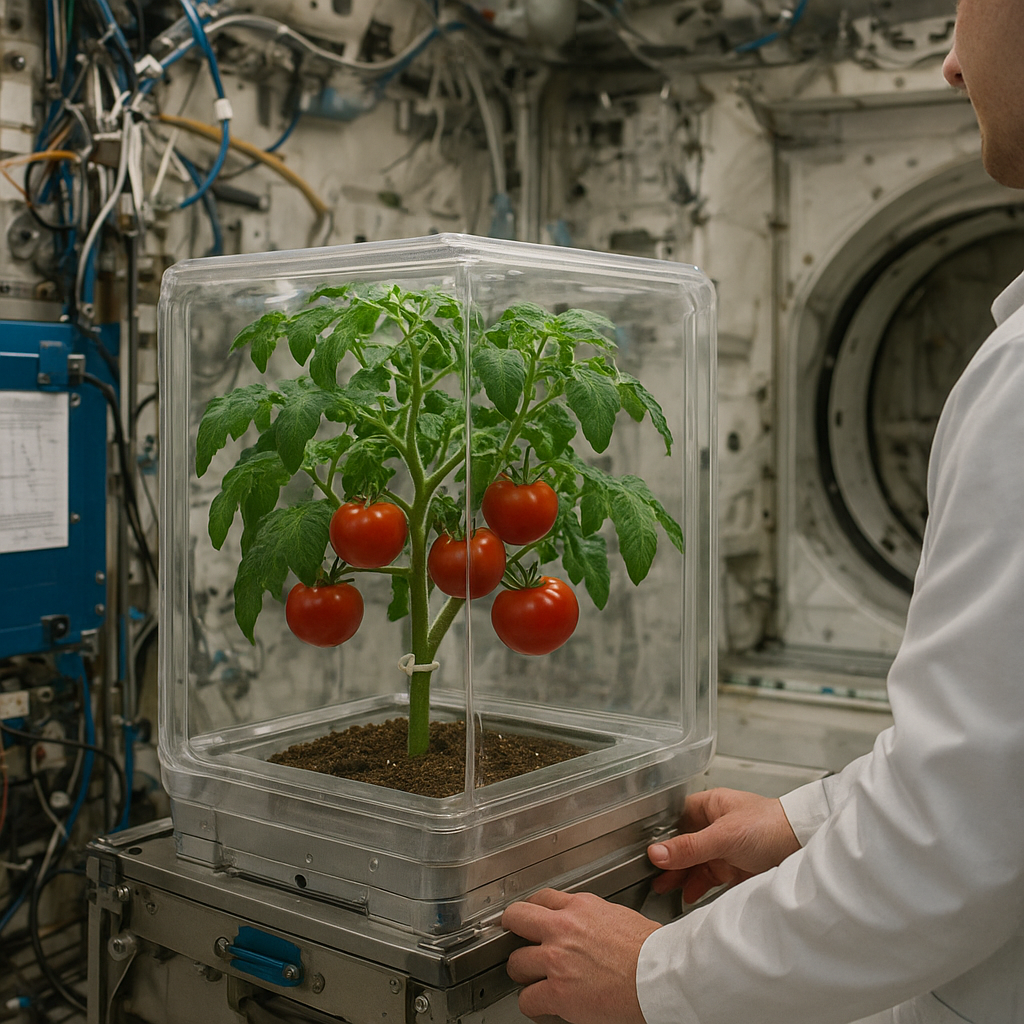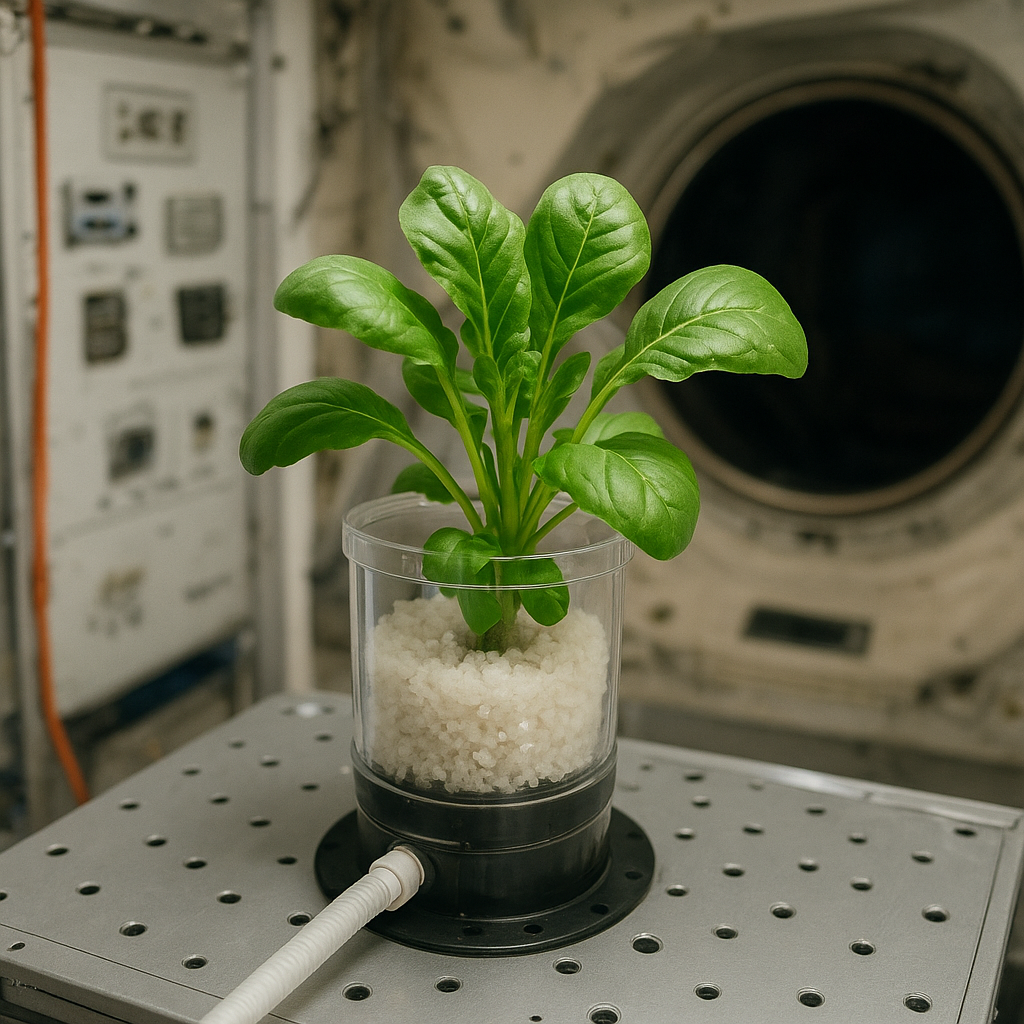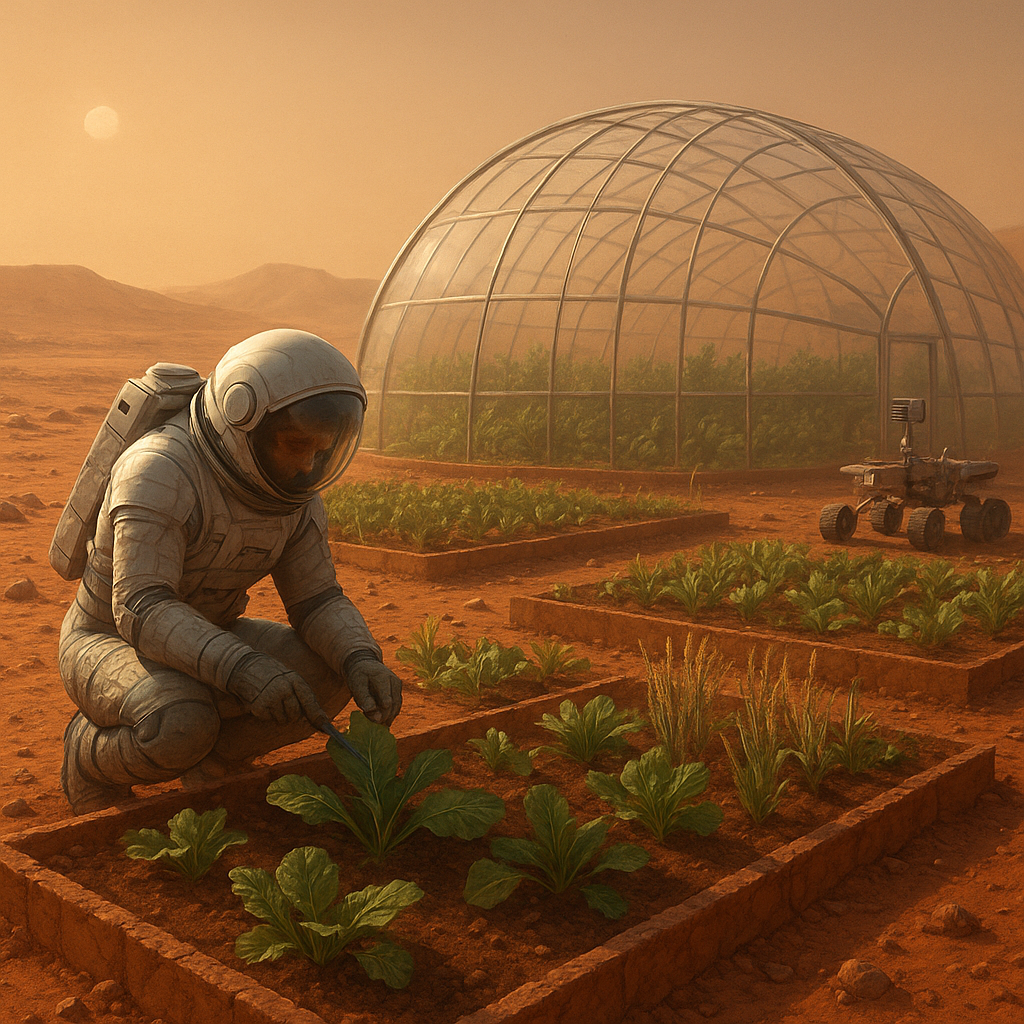The intersection of agriculture and space exploration presents a unique opportunity for innovation and sustainability, particularly through community engagement. As humanity looks to the stars for future habitation, the need for effective farming techniques in extraterrestrial environments becomes increasingly critical. This article explores the role of community engagement in advancing space farming, highlighting how collaborative efforts can lead to groundbreaking solutions for food production beyond Earth.
Understanding Space Farming
Space farming refers to the cultivation of crops in environments beyond Earth, such as on the Moon or Mars. This concept is not merely a futuristic dream; it is a necessity for long-term human presence in space. As missions to Mars and other celestial bodies become more feasible, the challenge of providing sustainable food sources for astronauts and future colonists intensifies. Traditional farming methods are not applicable in the harsh conditions of space, where factors such as gravity, radiation, and limited resources pose significant challenges.
To address these challenges, researchers and scientists are exploring innovative agricultural techniques that can thrive in extraterrestrial environments. Hydroponics, aeroponics, and bioregenerative life support systems are just a few examples of methods being studied. However, the success of these technologies relies heavily on community engagement, which can provide valuable insights, resources, and support.
The Importance of Community Engagement
Community engagement plays a pivotal role in advancing space farming initiatives. By involving diverse groups of people, including scientists, farmers, educators, and the general public, we can foster a collaborative environment that encourages innovation and problem-solving. Here are several key aspects of how community engagement contributes to the advancement of space farming:
1. Knowledge Sharing and Collaboration
One of the most significant benefits of community engagement is the opportunity for knowledge sharing. Experts from various fields can come together to exchange ideas, research findings, and best practices. For instance, agricultural scientists can collaborate with aerospace engineers to develop farming systems that are both efficient and adaptable to space conditions. This interdisciplinary approach can lead to breakthroughs that would be difficult to achieve in isolation.
2. Public Awareness and Support
Engaging the community also helps raise public awareness about the importance of space farming. As more people become informed about the challenges of food production in space, they are more likely to support funding and policy initiatives aimed at advancing this field. Public interest can drive investment in research and development, leading to faster progress in space agriculture technologies.
3. Educational Opportunities
Community engagement provides a platform for educational initiatives that can inspire the next generation of scientists and farmers. Schools and universities can develop programs focused on space agriculture, allowing students to explore the science behind growing food in space. Workshops, seminars, and hands-on projects can ignite curiosity and passion for this emerging field, ultimately leading to a more skilled workforce ready to tackle the challenges of space farming.
4. Crowdsourcing Solutions
Involving the community in space farming initiatives can also facilitate crowdsourcing of ideas and solutions. By tapping into the collective intelligence of a diverse group, researchers can gain fresh perspectives and innovative approaches to complex problems. Online platforms and social media can serve as tools for gathering input and feedback from a global audience, fostering a sense of ownership and investment in the future of space agriculture.
5. Building a Sustainable Ecosystem
Community engagement is essential for building a sustainable ecosystem around space farming. By involving local farmers, agricultural organizations, and environmental groups, we can create a network of support that extends beyond the confines of space research. This ecosystem can promote sustainable practices, resource sharing, and collaboration, ensuring that advancements in space farming are aligned with broader agricultural goals on Earth.
Case Studies of Community Engagement in Space Farming
Several initiatives around the world exemplify the power of community engagement in advancing space farming. These case studies highlight how collaborative efforts can lead to innovative solutions and inspire future generations.
1. The Mars Society
The Mars Society is a non-profit organization dedicated to promoting the human exploration and settlement of Mars. Through its various programs, the Mars Society engages communities in discussions about the challenges and opportunities of living on the Red Planet. One of their initiatives, the Mars Desert Research Station (MDRS) in Utah, serves as a testing ground for agricultural practices in a Martian-like environment. By involving volunteers and researchers from diverse backgrounds, the MDRS fosters collaboration and knowledge sharing, ultimately contributing to the development of sustainable farming techniques for Mars.
2. NASA’s Veggie Project
NASA’s Veggie project is another example of successful community engagement in space farming. This initiative focuses on growing fresh produce aboard the International Space Station (ISS). NASA has involved students and educators in the project, allowing them to participate in experiments and research related to space agriculture. By engaging the next generation of scientists, NASA not only advances its research but also inspires young minds to consider careers in space exploration and agriculture.
3. The Space Farming Initiative
The Space Farming Initiative is a collaborative effort involving universities, research institutions, and agricultural organizations. This initiative aims to develop sustainable farming practices for space environments while also addressing food security challenges on Earth. By bringing together experts from various fields, the initiative fosters innovation and encourages the sharing of knowledge and resources. Community engagement is at the heart of this initiative, as it seeks to involve local farmers and agricultural communities in the research process.
Challenges and Future Directions
While community engagement offers numerous benefits for advancing space farming, several challenges remain. One of the primary obstacles is the need for funding and resources to support collaborative initiatives. Securing financial backing for research and development can be difficult, particularly in a field that is still emerging. Additionally, there may be resistance from traditional agricultural sectors that are hesitant to embrace new technologies and practices.
To overcome these challenges, it is essential to continue advocating for the importance of space farming and its potential impact on food security and sustainability. Building partnerships between government agencies, private companies, and community organizations can help create a more robust support system for space agriculture initiatives. Furthermore, leveraging technology and social media can enhance community engagement efforts, allowing for broader participation and collaboration.
Conclusion
The role of community engagement in advancing space farming cannot be overstated. By fostering collaboration, knowledge sharing, and public awareness, we can develop innovative solutions to the challenges of food production in space. As humanity prepares for a future beyond Earth, the insights and contributions of diverse communities will be crucial in shaping sustainable agricultural practices that can thrive in extraterrestrial environments. Embracing this collaborative approach will not only benefit space exploration but also enhance our understanding of agriculture on Earth, paving the way for a more sustainable future for all.




